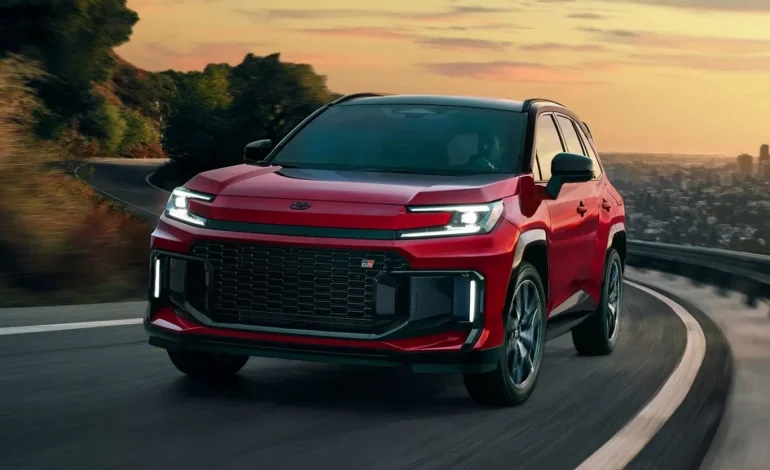Toyota has officially introduced the sixth-generation RAV4, unveiling a redesigned model that brings significant changes to one of the world’s most popular compact SUVs.
The 2026 RAV4 marks a pivotal step for the automaker as it becomes the first model to debut Toyota’s new Arene software development platform, underscoring a broader shift toward software-defined vehicles.
“The RAV4 marks a start in our journey in building software-defined vehicles,” said Simon Humphries, Toyota’s chief branding officer.
The Arene platform powers several key systems in the new RAV4, including an upgraded voice-activated cockpit assistant, an enhanced central display, and Toyota’s latest suite of active safety technologies. The RAV4 will also be the first to feature Toyota Safety Sense 4.0 and a new version of the Toyota Audio Multimedia system — both running on Arene.
Beyond software, the 2026 RAV4 lineup sees a fundamental powertrain shift. For the first time, the RAV4 will be offered exclusively as either a Hybrid Electric Vehicle (HEV) or Plug-in Hybrid Electric Vehicle (PHEV), dropping traditional gas-only models. This decision aligns with Toyota’s longstanding strategy of focusing on hybrid technology as a transitional step toward full electrification. The new hybrid systems offer enhanced horsepower, extended electric-only range (up to 50 miles in PHEV models), and improved towing capacity.
David Christ, head of Toyota’s North American division, explained the strategy:
“The hybrid is faster turning; it has more sales orders on it, and the consumers and dealers are asking for it. It was pretty clear that the consumer is voting for the hybrid.”
The sixth-generation RAV4 will launch across North America, Japan, and Europe by the end of Toyota’s current fiscal year in March 2026. The model will be available in three design themes — Core, Sport, and Rugged — spanning seven different grades. Among them are new variants like the off-road-ready Woodland and the sport-focused GR SPORT, which was developed in partnership with Toyota GAZOO Racing and features a GR-tuned suspension and aggressive styling.
Toyota is also weighing adjustments to its production strategy, potentially shifting manufacturing of the latest RAV4 to the US to reduce exposure to import tariffs. Currently, RAV4 models are built in Japan, Canada, and Kentucky. Approximately 84% of RAV4 units sold in the US are imported.
In the US, RAV4 remains a major success story. It was the best-selling non-pickup vehicle in the country last year, with nearly 475,200 units sold — including a 29.3% year-over-year jump in hybrid sales. Overall, hybrids and plug-in hybrids accounted for around 50% of all RAV4 sales in 2024. Toyota’s broader electrified vehicle mix in the US reached 43.1% of its 2.3 million units sold.
The redesigned RAV4 also features numerous interior upgrades, such as a more streamlined center console, larger touchscreen displays (10.5 or 12.9 inches), and a customizable 12.3-inch digital gauge cluster. A new shift-by-wire gear selector and premium materials — like SofTex® or microsuede seat trim — provide a more refined driving experience.
Performance across the board is also elevated. HEV models now deliver up to 236 horsepower (AWD), while PHEV models reach a combined output of 320 horsepower. Select PHEV variants will support DC fast charging, achieving 10% to 80% battery capacity in about 30 minutes.
Toyota has not yet announced official pricing for the 2026 RAV4. The current RAV4 hybrid starts at around $33,700, while the base model starts at $30,645.
With input from Bloomberg, CNBC, Reuters, and Toyota Newsroom.








The latest news in your social feeds
Subscribe to our social media platforms to stay tuned